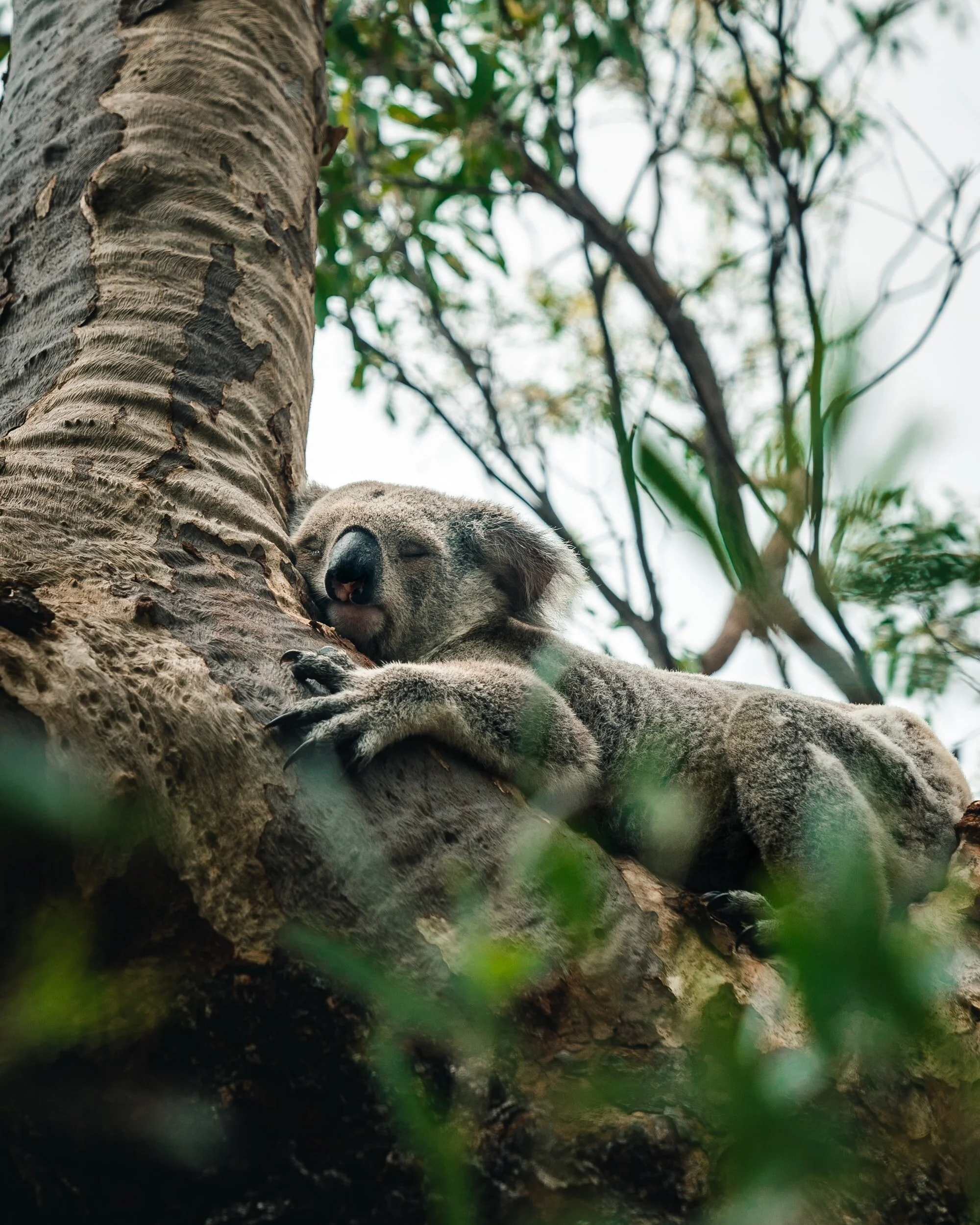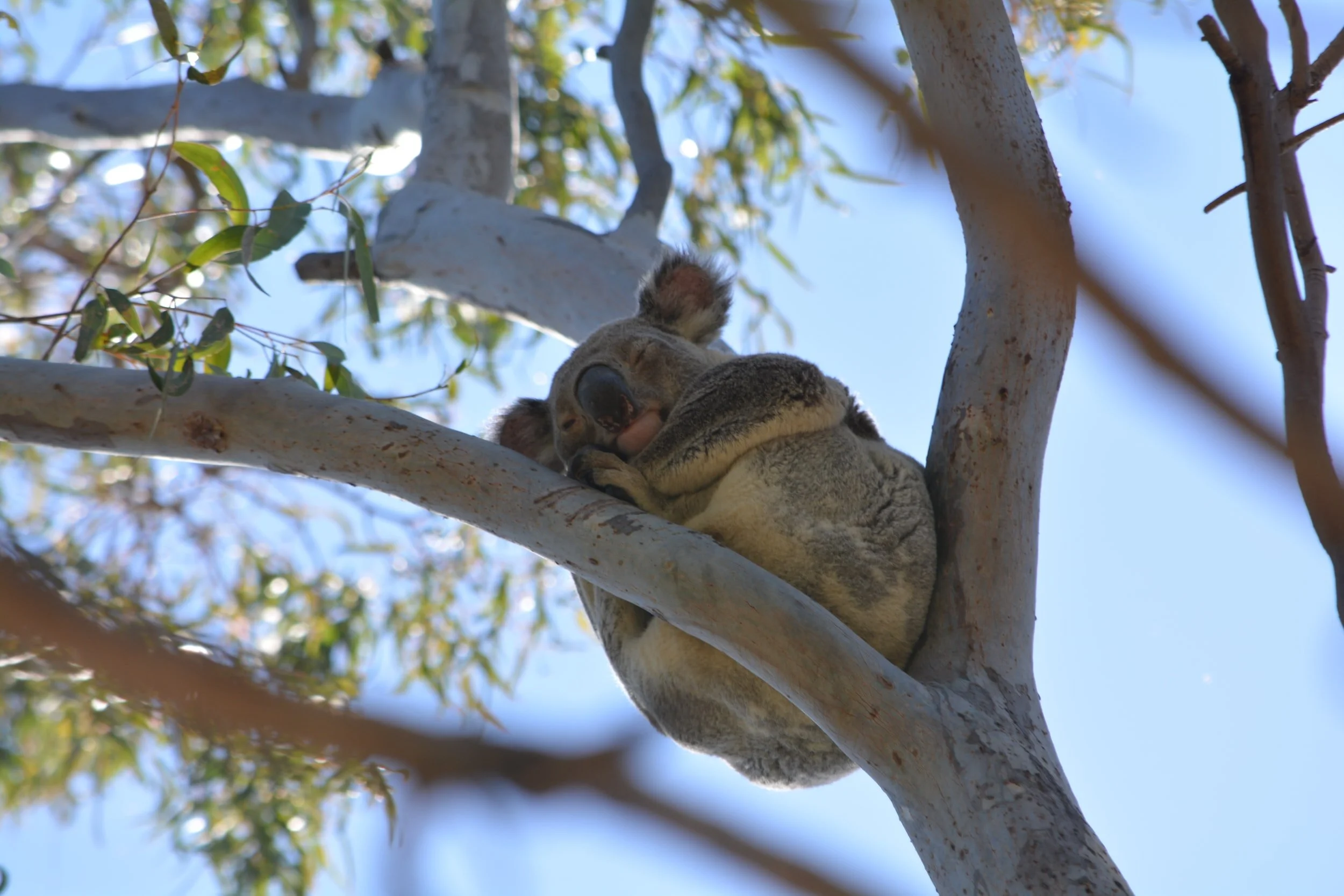Koala Habitat Protection SEPP
What is The State Environmental Planning Policy (Koala Habitat Protection)?
There are 2 State Environmental Planning Policies (SEPP) relating to Koala Habitat Protection. The first of which is the Koala Habitat Protection SEPP 2020 which applies to NSW core rural zones ‘RU1 Primary Production’, ‘RU2 Rural Landscape’ and ‘RU3 Forestry’. This SEPP has been retained as an interim measure while new codes that include the protection of high-value koala habitat are developed.
The new Koala Habitat Protection SEPP 2021 has recently been developed and commenced on 17 March 2021. This SEPP reinstates Koala Habitat Protection SEPP 2019.
“[The Koala Habitat Protection SEPP 2021] aims to encourage the conservation and management of areas of natural vegetation that provide habitat for koalas to support a permanent free-living population over their present range and reverse the current trend of koala population decline.”
Koalas are a threatened species and have been listed as ‘Vulnerable’ under both the NSW Biodiversity Conservation Act 2016 and Commonwealth Environmental Protection Biodiversity Conservation Act 1999. Threats to Koala survival include bushfire, loss of habitat for agricultural and residential purposes, predation by dogs and vehicle strike. Given the recent bushfires and drought, various conservation groups have called for an emergency upgrade to an ‘Endangered’ status.
Which Koala Habitat Protection SEPP Applies to my Development?
Koala Habitat Protection SEPP 2021
For all proposals assessed pursuant to Part 4 of the Environmental Planning and Assessment Act 1979 (EP&A Act), Koala Habitat Protection SEPP 2021 applies to all land use zones within the following LGAs:
Central Coast
City of Blue Mountains
City of Campbelltown
City of Hawkesbury
City of Liverpool
Hornsby
Ku-ring-gai
Northern Beaches
Wollondilly
Koala Habitat Protection SEPP 2021 also applies to all land use zones except land zones ‘RU1 Primary Production’, ‘RU2 Rural Landscape’ or ‘RU3 Forestry’, in the following LGAs:
Armidale Regional
Ballina
Bathurst Regional
Bega Valley
Bellingen
Berrigan
Blayney
Bourke
Brewarrina
Byron
Cabonne
Central Darling
City of Cessnock
City of Coffs Harbour
City of Lake Macquarie
City of Lismore
City of Lithgow
City of Maitland
City of Newcastle
City of Shoalhaven
City of Wagga Wagga
City of Wollongong
Clarence Valley
Coonamble Darling
Dungog
Edward River
Eurobodalla
Federation
Forbes
Gilgandra
Glen Innes Severn Shire
Goulburn Mulwaree
Greater Hume Shire
Gunnedah
Gwydir
Hilltops
Inverell
Kempsey
Kyogle
Leeton
Liverpool Plains
Lockhart
Mid-Coast
Mid-Western Regional
Moree Plains
Murray River
Muswellbrook
Nambucca Valley
Narrabri
Narrandera
Narromine
Oberon
Parkes
Port Macquarie-Hastings
Port Stephens
Queanbeyan-Palerang Regional
Richmond Valley
Singleton
Snowy Monaro
Snowy Valleys
Tamworth
Tenterfield
Tweed
Upper Hunter Shire
Upper Lachlan Shire
Uralla
Walcha
Walgett
Warren
Warrumbungle
Weddin
Wentworth
Wingecarribee
Yass Valley
Koala Habitat Protection SEPP 2020
For all proposals assessed pursuant to Part 4 of the Environmental Planning and Assessment Act 1979 (EP&A Act), the Koala Habitat Protection SEPP 2020 applies only to land zoned ‘RU1 Primary Production’, ‘RU2 Rural Landscape’ or ‘RU3 Forestry’ within the following Local Government Areas (LGAs):
Armidale Regional
Ballina
Bathurst Regional
Bega Valley
Bellingen
Berrigan
Blayney
Bourke
Brewarrina
Byron
Cabonne
Central Darling
City of Cessnock
City of Coffs Harbour
City of Lake Macquarie
City of Lismore
City of Lithgow
City of Maitland
City of Newcastle
City of Shoalhaven
City of Wagga Wagga
City of Wollongong
Clarence Valley
Coonamble Darling
Dungog
Edward River
Eurobodalla
Federation
Forbes
Gilgandra
Glen Innes Severn Shire
Goulburn Mulwaree
Greater Hume Shire
Gunnedah
Gwydir
Hilltops
Inverell
Kempsey
Kyogle
Leeton
Liverpool Plains
Lockhart
Mid-Coast
Mid-Western Regional
Moree Plains
Murray River
Muswellbrook
Nambucca Valley
Narrabri
Narrandera
Narromine
Oberon
Parkes
Port Macquarie-Hastings
Port Stephens
Queanbeyan-Palerang Regional
Richmond Valley
Singleton
Snowy Monaro
Snowy Valleys
Tamworth
Tenterfield
Tweed
Upper Hunter Shire
Upper Lachlan Shire
Uralla
Walcha
Walgett
Warren
Warrumbungle
Weddin
Wentworth
Wingecarribee
Yass Valley
what are the Development Controls for Koala Habitat Protection SEPP 2021?
If your property is listed in the LGA and land use zones set out above, there are various development controls that pertain to development applications. The development requirements of the Koala Habitat Protection SEPP 2021 have been divided into two parts:
If here is an Approved Koala Plan of Management (KPOM) for the Land
There are 9 approved KPoMs across NSW. If your development application is lodged in one of these LGAs, your development must comply with the relevant requirements listed in the KPoM. Click on one of the following LGAs to access their approved Koala Plan of Management:
2. If There is no Approved Koala Plan of Management for the Land
This part of the Koala Habitat Protection SEPP 2021 applies to developments on land that:
Does not have an approved Koala Plan of Management (KPoM) for the land; and
Has an area of at least 1 hectare (including adjoining land within the same ownership).
Council may require your land to be assessed by a suitably qualified ecologist, such as Narla Environmental, prior to consent for the development application. This will assess whether the development is likely to have any impact on koalas or koala habitat. Such an assessment would involve information that the land does not include any trees belonging to the koala use tree species listed in Schedule 2 of the SEPP, or that the land is not core koala habitat. Core koala habitat is identified as the following:
An area of land assessed by a suitably qualified ecologist such as Narla Environmental as being highly suitable koala habitat because koalas were recorded as being present at the time of assessment; or
An area of land assessed by a suitably qualified ecologist such as Narla Environmental as being highly suitable koala habitat because koalas have been historically recorded as being present within 2.5km of the land in the previous 18 years.
If Council deems the proposed development is likely to have an impact on koalas or their habitat, then a Koala Assessment Report may be required. A Koala Assessment Report (KAR) is a report prepared by a suitably qualified and experienced person about the likely and potential impacts of the development on koalas or koala habitat and the proposed management of those impacts.
Do you need a Koala Assessment to reach DA approval?
Contact us today to see how we can quickly and cost-effectively prepare your Koala Assessment or Koala Assessment Report.
We service the whole of New South Wales, including Greater Sydney, Western Sydney, Central Coast, Newcastle, Blue Mountains, Hunter Valley, Wollongong and Illawarra, Southern Highlands, Eurobodalla, Shoalhaven, Port Macquarie, North Coast, Central West and the rest of regional New South Wales.
Contact Narla for a Free Quote!
or for more information



